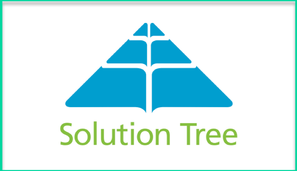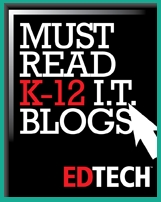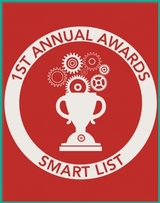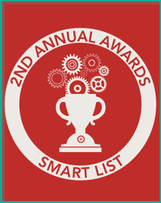
One of the most glaring examples of this is the manner in which assessment technologies have been designed and adopted. Below I point out the three most prevalent misconceptions (lies) in this area.
Almost every district or school I work with uses some type of student information system to track benchmark assessments. It’s usually mandated by their state and tied to certain funds, so the districts budget for the technology and require all teachers to use it consistently. The adoption of the technology is often more about efficiency than student learning.
When I ask these same districts what technology they use for formative assessments, they almost always say that teachers use a mixture of technologies, including disparate spreadsheets or Google docs. When pushed, most administrators aren’t certain that their teachers are administering formative assessments at all.
The problem with only tracking benchmark assessments with a technology system is that the data derived from them is summative. The widely used analogy is that this summative data is like an autopsy. By the time benchmark tests are administered, it’s usually too late to do anything with the data. Formative assessment data, by contrast, is like a wellness check. Teachers can do something with this data; they can diagnose, intervene, change strategies and generally improve student learning.
In 2014, Solution Tree surveyed 145 districts who had been engaged in professional learning communities. Of those who reported that PLCs had resulted in high measurable impact on student learning, 82.6 percent reported using technology to capture and report formative assessment data. Sixty-nine percent of these same respondents reported that their teachers review formative assessment data weekly or monthly. (http://www.slideshare.net/chr1stm0rgan/global-pd-research)
All of this to say that the investment for assessment technology is generally short-sided. We tend to invest in technology that reports student learning, but not in technology that can affect student learning.
2. Most systems can be used for both summative and formative assessments
Most of the market demand for assessment systems is based on the need to administer benchmark tests. As a result, these systems are designed for summative purposes rather than the development of common formative assessments. This is an important nuance as the context and methods used for each type of assessment are very different. More specifically:
- Most experts agree that common formative assessments should be brief and targeted. Most state standards are far too broad for a formative assessment. Instead, teachers should deconstruct state standards into more granular sub-standards or learning targets. Most assessment systems, however, only enable items to be associated with a standard, rather than a more targeted sub-standard. By nature, this makes the assessments and the analytics they provide too broad.
- Experts tend agree that common formative assessments should be authored collaboratively by a team of teachers based on their interpretation of the standards and their students’ needs. While most systems have authoring capabilities, the functionality is usually built around the assumption that a single teacher will import test items from a prebuilt bank.
- Common formative assessments are most effective when teachers regularly review and compare the results of the assessments together, identifying what did and didn’t work, offering advice on strategies and identifying students in need of intervention or enrichment. Most assessment systems assume that teachers will only need to review their own class data. If sharing of assessment across data is permitted, it is usually outside the normal flow of the application.
3. Kids are already tested too much
Summative assessment, by nature, requires teaching and learning to pause while large numbers of students are assessed. It is a high-stake, episodic event rather than a constant practice. It is an interruption – albeit necessary - to learning. The designers of assessment systems have therefore made a myriad of decisions based on this case. They’ve built systems for high stakes episodic events, rather than regular teaching and learning.
Teachers have, in many cases, become frustrated with having to use systems that are not in line with their daily practices and the disproportionate amount of time taken by benchmark assessments. So when faced with formative assessments, they tend to balk. Assessment, in general, has gotten a bad rap and students have missed out on what Robert Marzano refers to as “one of most powerful weapons in a teacher’s arsenal.”
A Possible Solution
Over the last two years, the technology team at Solution Tree has worked with hundreds of schools and districts and dozens of educational experts to address this problem. Global PD is an award-winning system specifically designed to impact student learning for the daily and weekly practices of common formative assessment, and we’re getting great results [link to study].
----------------------------
About Solution Tree
Solution Tree delivers comprehensive professional development to educators in schools and districts around the world. Solution Tree has empowered K–12 teachers and administrators to raise student achievement through a wide range of services and products including educator conferences, customized district solutions for long-term professional development, books, videos, online courses and more. For more information visit www.solutiontree.com/globalpd.












